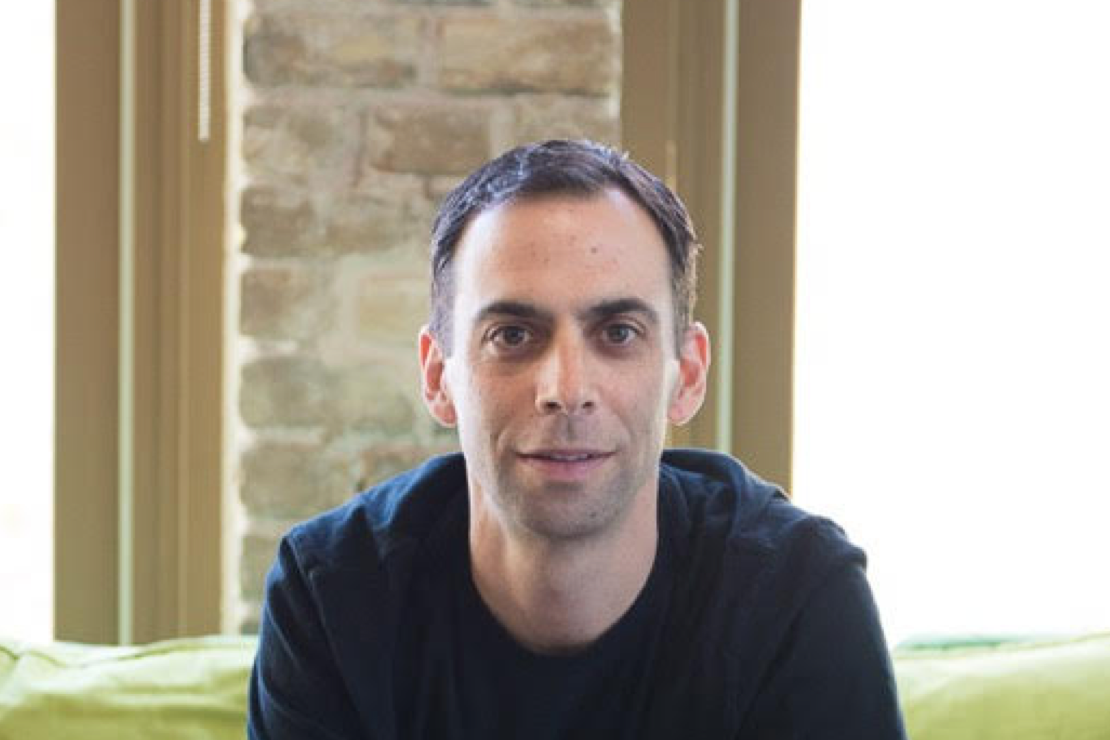Sell More Faster, Part 3: Building a Winning Startup Sales Process
Oct 19, 2020

Amos Schwartzfarb, author of Sell More Faster and Managing Director of the Techstars Austin Accelerator, shows startup founders how to create a robust sales process and build a terrific sales team.
This article is the third in a three part series. Read Part One and Part Two for more details about how to Sell More Faster.
Want to get to work on your own W3 framework? Check out this learning module on The Entrepreneur's Toolkit.
In Part One, we talked about developing a strategy so that you can start the customer development process. Then in Part Two, we took that work and applied it to the Customer Development process with the goal of moving from Customer Development to Sales by firmly identifying our ICP. The other byproduct of the Customer Development process we haven’t discussed yet is the sales process.
If you Google ‘sales process’ you’ll get some great high level information and definitions of what a mature sales process can look like and even some instruction on how to build one. My experience has been that, although there are many similarities between sales processes, no two are really alike AND it takes a solid Customer Development process and a clear understanding of your ICP before you can define the process that optimizes for your business.
In this third article, we will talk about how to tease out your sales process, through understanding your sales funnel as well as using that information to build early sales models. In that process, we will also touch on some basic tools to build and manage your team.
Let’s start with your sales funnel. If you ask the untrained person, they will tell you that the sales funnel is simply a list of companies you think will become customers and where they are in the process. While that is true, the real answer is much deeper than that. I think about the sales funnel as a visual representation of your sales process that also tells you the work you need to do in order to drive revenue as well as the priority and importance of that work. A great funnel tells you not only the stage a given prospect is in your process but also who you need to be talking to, the materials you need to be preparing, the questions you need to be asking, what you need to do to close the deal, and the things you need to know to keep your customer satisfied and delighted after the sale is closed.
When you first kick-off your Customer Development process, it’s pretty hard to have any idea of your sales process or what your funnel will look like. What I usually tell people is pick four to six stages that ‘feel’ right and just start tracking and recording data. Some common, first pass, stages are things like *Lead>First Contact>First Meeting>Proposal>Negotiation>Close*.
Read our interview with Amos about his book, Sell More Faster.
From a nomenclature perspective, something like that might always be your stage names but what changes is what you learn and know about each stage. It’s also common to add/change/delete some of this as you learn more about your actual process. For example, let’s use the Negotiation stage. For a simple sale (or B2C sale), negotiation may not be a stage because there is nothing to negotiate. For a slightly more complex product or selling to mid market, you may need some simple negotiating with your business buyer and you may need to build tools and rules for your sales people to follow so they are empowered to close business OR you may decide you always bring a manager in for negotiating. Then on a more complex sale, and especially if selling to an enterprise, there is also a procurement process. This often re-starts some (or all) of the negotiation and may bring up new points which may change who on your team works with each person at your prospect's company (including bringing lawyers in). Depending on how you define your stages, this may be part of the negotiation stage or a stage all by itself. As you can see, with this one stage, NEGOTIATION, we’ve defined several different ways to think about it which will dictate the process you build out.
So back to the beginning — start with ‘something.' What are the steps you think you’ll need to go through to close a deal, then start tracking and recording data. In order to do this well, most people use a CRM, and I highly recommend it. (I’m making the assumption everyone knows what that is but if not google it). While using a spreadsheet can work in the earliest days, it very quickly ages, doesn’t provide a good ability to track data or build reports, and it doesn’t scale as you add people. At a minimum, I’d start with something like Streak or freecrm.com. There are tons and tons of CRM’s out there. The most common is Salesforce.com which is a very powerful CRM but can also work well for early stage companies. The two challenges I have with salesforce are cost and complexity. It’s a lot of work for an early stage company just trying to figure out who they are. At Techstars Austin, we currently use Airtable. We’ve only used it for about 6 months but I love it because it’s easy to customize, very flexible, and easily allows for both multiple customer types (great when you are learning or more mature) and making changes to process and flow on the fly.
Once you pick a CRM, set aside half a day or so and set up V1 of what you think your process will be. Take the time to think through HOW you will be using it — for example, what needs to be free form vs what data needs to be cleaner (i.e. choices) when you collect it. Once you do this, you probably don’t need to check in on your process more often than quarterly OR when you learn something substantially new and obvious that needs to be added. Finally, the most important thing — USE IT! Be diligent about taking notes and updating statuses. It takes a little work to build that muscle but it will pay off in dividends, because aside from the great data you will have, it builds it into your culture from day one.
OK, so you’ve set up your CRM and started inputting data. Maybe you even have a couple of other people calling customers. After about three to six weeks, set aside half a day to think about and build out your first set of reports. Think about what you’ve personally learned about the prospects you’ve been calling, how they are moving through the funnel, and take your first stab at the data that you believe are the biggest indicators of learning how to close business. Then pick three to five metrics at maximum. These will be your first set of Sales Key Performance Indicators (KPIs) (side note: Keep in mind, this is different than your business KPI’s; only one or two of these will likely be part of those KPIs).
Once you have your sales KPI’s, it’s time to create a weekly meeting with the key internal folks. At a later stage company this is likely manager and teams, separately managers and directors, and VP’s to CEO. At an early stage company, the CEO is likely one of the (or only person) doing customer development. It’s still crucial to meet with key stakeholders, both to share learnings and to assign accountability. If you are super early and only a few people then invite everyone, including your developer, so they have visibility into what you are doing and how your mutual work impacts each other's ability to be more successful. There isn’t really a wrong group of people here to be included, with the caveat that each person should understand how their work mutually impacts each other. Groups can get too big, so as your company grows try to limit the meeting only to key stakeholders as time goes on, though I encourage you to share pipelines openly so anyone in the company can see progress.
The final piece is building an early sales model. A sales model, if you don’t know, is a general framework that defines an organization’s high-level approach to selling and is a mathematical representation of what you project your sales to be using historical data layered with future/new expectations (ideally also based on data). You likely don’t have nearly enough data to fully understand the sales process and typical sales cycles, much less create meaningful long-term revenue projections. That being said, NOW is the time to build the discipline around being a metrics-driven sales organization. This is important for several reasons. For one, creating that culture early on helps with hiring, training, and growing your sales organization. Another reason is that as you grow, your current and future investors and advisors will need this information to understand how they can be helpful and when to invest (more) money. The more you understand your process and can talk to your sales funnel that is backed up with data, the more confidence you build with them for future support. Finally and most important, it’s the blueprint for how you will run your business so that you have a deep understanding of how to grow and make money.
Early modeling shouldn’t be hard — especially if you’ve done the work to create a meaningful sales funnel that you follow in your CRM. Everything around modeling in this post going forward assumes you’ve done that work.
There are two exercises for this section. The first is quick and is around building your first sales funnel and taking the first stab at your sales process.
The second is building your first model. You won’t be able to do this until you’ve completed the first exercise (and likely a few weeks after).
Exercise 1: Defining your Sales Funnel
Pick your CRM tool.
Write down four to eight stages you believe will be part of the sales.
Next to each, describe WHY this should be a stage.
Next, write down three to five pieces of information you need to confidently move that prospect to the next phase, and the questions you’ll need to ask to gain that information. For example:
Who are you talking to (title and responsibility)?
Do they have buying or influencing power?
Is there a known pain and how are they currently solving the issue?
How does your solution rank in their normal workday prioritization?
Is there a budget, even if it’s being spent on something already?
Then, write how long you believe a prospect will be in each stage and what you believe you need to do to move that prospect to the next stage.
Finally, start to create that process in your CRM.
Call your first prospect and test the process/make tweaks if necessary to make it more intuitive.
Exercise 2: Building your first sales model (first pass after four to six weeks)
Take a look at your sales cycle. How long has it been taking you to close prospects from initial outreach?
How long to get an initial contact to take a meeting?
What time frame are you working through each stage?
Are there certain things that hang you up in a given stage?
What other people (on your team and prospects team) need to be involved to close a deal?
What are the tools and unique items that add costs to close a deal?
Finally, build a simple model in Excel (or Google Sheets) using only the existing sales team and extrapolate out for 12 months, assuming you're not adding any additional sales hires.
How long does it take until a single sales person is cash flow positive?
How does a sales person's contribution compound over time (assuming no change to the sales model)?
What are your cost of sales as a % of each sale, LTV of a customer, and the overall customer base?
What efficiencies can help that improve over time?
Model in customer churn using a combination of known information (which you may not have for a while) and industry standards to start (which you can find on Google).
Start adding a couple of sales people per quarter (into the model) and see what happens. How does sales grow? How does it grow vs. cash burn? How does it change your cost of sales? Make adjustments (along with your Financial Model) and start to build out your longer-term plan.
Check in with your plan weekly/monthly/quarterly and continue to adjust the plan as frequently as you gain new information on actuals.
Want more tactical instructions for developing your startup sales strategy? Read Part One and Part Two of this three-part series.
About the Author

Amos Schwartzfarb
Amos Schwartzfarb is Managing Director of the Techstars Austin Accelerator, and after over 70 seed stage investments, he has become one of the more active early stage investors in all of Texas. Amos is the is the co-author of Levers: The Framework for Building Repeatability Into Your Business, author of Sell More Faster: The Ultimate Sales Playbook for Startups.

